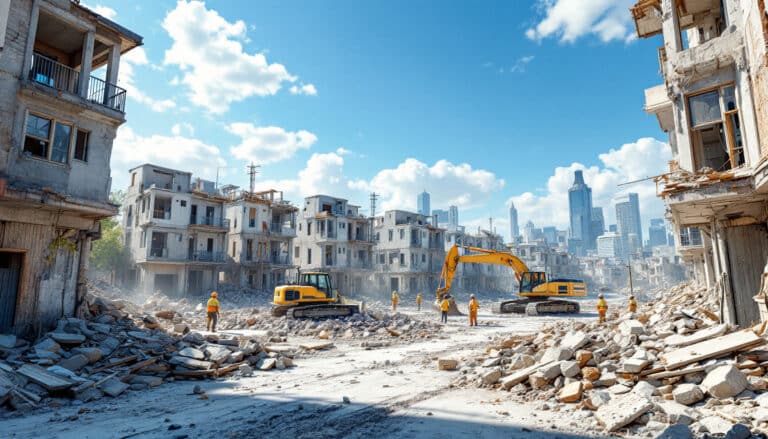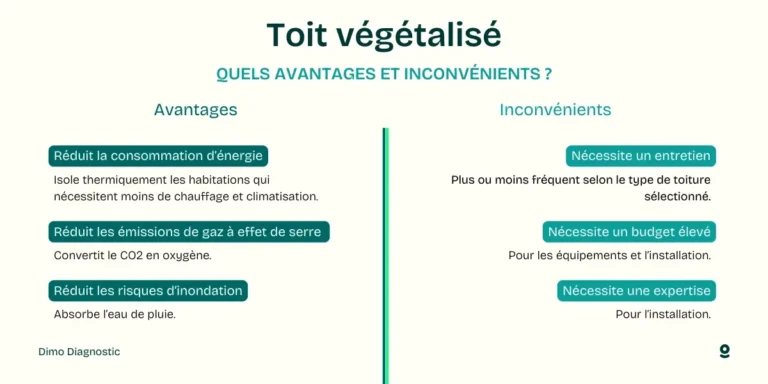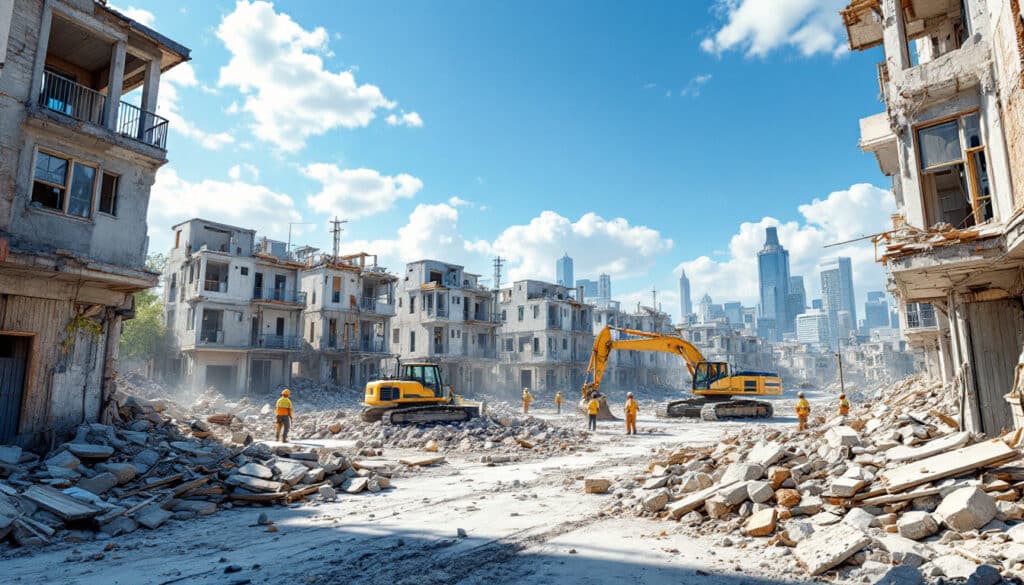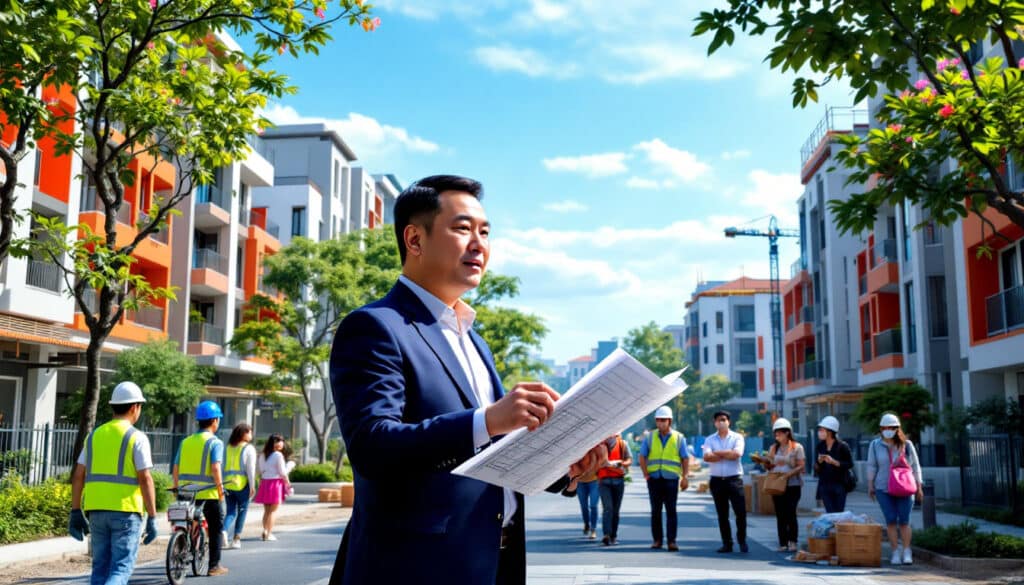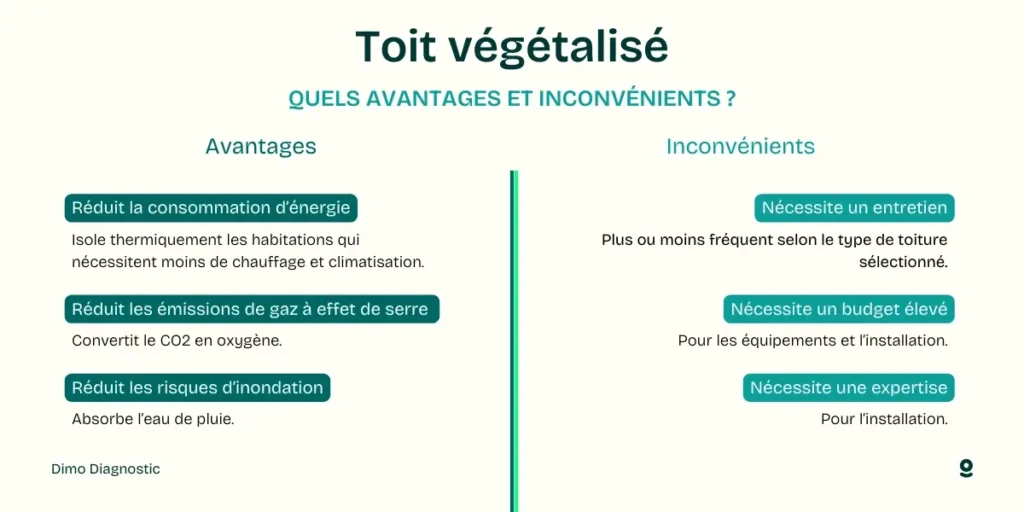Your privacy is paramount to us.We use cookies and data to provide and maintain our Google services.Every interaction is monitored to protect against spam, fraud, and abuse.
Measuring our audience’s engagement and site statistics allows us to understand how our services are used and to improve their quality. If you choose to “Accept All”, we will also use cookies and data to develop and enhance new services, deliver and measure the effectiveness of advertisements, and display content and personalized ads tailored to your preferences. Conversely, if you opt for “Reject All”, we will not use cookies for these additional purposes. Non-personalized content is influenced by factors such as the content you are currently viewing, your activity during your active search session, and your location.
Table of Contents
ToggleCéline Torrès predicts that individual homes could soon become luxury items
The vision of Céline Torrès, a recognized expert in the real estate sector, reveals a significant shift in the perception of individual homes. According to her, this type of housing could rise to the status of luxury goods in the near future. This transformation is explained by several economic, social, and technological factors that are redefining the real estate market.
What are the current trends in the individual home market?
The individual home market is undergoing profound changes. Traditionally associated with family life and accessibility, this category of housing now attracts a clientele seeking refinement and innovative design. New constructions integrate high-end materials, smart technologies, and personalized layouts that meet the demands of luxury buyers.
Moreover, the demand for ecological and eco-friendly individual homes is increasing. Consumers are becoming more aware of environmental issues and are looking for homes that minimize their ecological footprint while offering optimal comfort. This trend fosters the development of high-end individual homes, equipped with advanced energy management systems and sustainable solutions.
What factors contribute to the appreciation of individual homes?
Several elements contribute to the evolution of individual homes towards luxury goods. Firstly, location plays a crucial role. Properties situated in desirable areas, offering panoramic views or exclusive access to amenities, see their value increase significantly.
Next, architecture and interior design play a determining role. Builders integrate contemporary designs, noble materials, and impeccable finishes that attract demanding clientele. Open living spaces, fully equipped kitchens, and luxurious bathrooms have become standards in high-end individual homes.
Furthermore, the integration of innovative technologies, such as home automation, contributes to the appeal of individual homes as luxury items. These technologies offer simplified management of the home, thereby increasing the comfort and safety of residents.
How is the real estate market adapting to this evolution?
The real estate sector responds to this trend by adapting its offerings and investing in premium construction projects. Builders of individual homes focus on the quality of materials, technological innovation, and adherence to environmental standards. For example, a builder of houses in Manche is requesting advance payments without completing its projects illustrates the challenges of the market but also the need for a more responsible and transparent approach.
Additionally, real estate agencies specializing in luxury properties offer personalized services to meet the specific expectations of their clientele. They provide private tours, tailored advice, and support throughout the purchase process, thus enhancing the appeal of high-end individual homes.
What are the benefits for buyers of luxury individual homes?
Investing in a luxury individual home offers numerous advantages. Firstly, these properties provide a superior level of comfort and quality of life. High-end materials, well-designed spaces, and advanced technologies ensure a unique residential experience.
Moreover, property appreciation is a significant advantage. Individual homes located in prime locations see their value increase over time, providing an excellent investment opportunity. Additionally, the rarity of certain exclusive properties contributes to their status as prestigious goods.
Finally, owning a luxury individual home allows for the personalization of one’s living space according to tastes and needs. This flexibility in design and layout is particularly appreciated by buyers seeking a unique living environment suited to their lifestyle.
What are the future prospects for individual homes in the real estate sector?
The future prospects for individual homes in the real estate sector are promising. With the rise of smart technologies and sustainable materials, builders can offer homes that are both luxurious and environmentally friendly. This dual requirement meets the growing expectations of consumers regarding comfort and ecological responsibility.
Furthermore, the evolution of lifestyles, particularly with the increase in remote work, promotes demand for individual homes that provide dedicated workspaces at home, as well as leisure and wellness areas. This diversification of uses enhances the positioning of individual homes as versatile luxury goods adapted to new realities.
Moreover, growing urbanization and the search for larger spaces prompt buyers toward individual homes, often located on the outskirts of major cities. This trend is accompanied by an increased demand for quality constructions that harmoniously integrate modern comfort and landscaping.
How do public policies influence this evolution?
Public policies play a key role in the transformation of individual homes into luxury goods. Initiatives such as the zero-interest loan proposed by the housing minister, accessible to all, decoding this initiative, facilitate access to financing for ambitious real estate projects. This measure encourages buyers to invest in quality constructions, thus contributing to the growth of the luxury individual home market.
Furthermore, environmental regulations push builders to adopt more sustainable and innovative practices. The obligation to comply with ecological standards encourages the creation of high-end individual homes that are environmentally friendly and equipped with advanced green technologies.
What challenges remain for the sector?
Despite the opportunities, the luxury individual home sector must overcome several challenges. One of the main obstacles is the strict regulation of real estate markets, which can limit the speed at which builders can adapt to new demands. Moreover, the crisis in the individual home sector, as illustrated by the crisis in the individual home sector in the Basque Country, highlights the risks associated with irresponsible financial practices and poor project management.
Another major challenge is increased competition. With many players seeking to establish themselves in the luxury home market, standing out through quality, innovation, and customer service becomes essential to maintain a competitive edge.
What roles do technological innovations play in this evolution?
Technological innovations are at the heart of the transformation of individual homes into luxury goods. Home automation, for instance, enables the intelligent and automated management of security systems, lighting, heating, and appliances. This technological integration not only enhances the comfort of residents but also improves the energy efficiency of the home.
Moreover, advanced construction technologies, such as 3D printing and innovative materials, allow for the creation of more resilient, aesthetic, and ecological structures. These techniques offer flexibility in design, allowing for the specific demands of buyers to be met while reducing costs and construction times.
Additionally, the use of virtual and augmented reality in the design and sale of individual homes allows buyers to visualize and customize their future home even before construction begins. This immersive interaction enhances customer engagement and facilitates decision-making.
How can builders meet this growing demand?
To meet the growing demand for luxury individual homes, builders must adopt a customer-centric and innovative approach. Investing in the training of technical and sales teams is essential to ensure quality constructions and client satisfaction.
The adoption of sustainable practices and the integration of the latest technologies are also crucial. Builders must commit to using eco-friendly materials, incorporating efficient energy solutions, and offering personalized layouts that meet the specific needs of luxury buyers.
Furthermore, providing exceptional customer service, including personalized advice, rigorous project follow-up, and financial transparency, enhances buyer trust and fosters loyalty.
What impacts could this trend have on the global real estate market?
The rise in individual homes enhances the overall real estate market by raising quality standards and introducing new norms of sustainability and technology. This trend pushes other segments of the market to innovate and improve their offerings to remain competitive.
Moreover, the increase in individual homes as luxury items could lead to a redistribution of real estate investments, with a greater concentration in specific regions where demand is strong. This could also lead to higher prices in these areas, making the market even more selective and geared toward high-end offerings.
Finally, this evolution could stimulate the creation of specialized jobs in construction, design, and management of luxury properties, thus contributing to the revitalization of the local and national economy.
VIDEO – Crise de l'immobilier, climat : la maison individuelle a-t-elle encore un avenir ? https://t.co/HchXtBdosj
— Les Echos (@LesEchos) February 20, 2024



